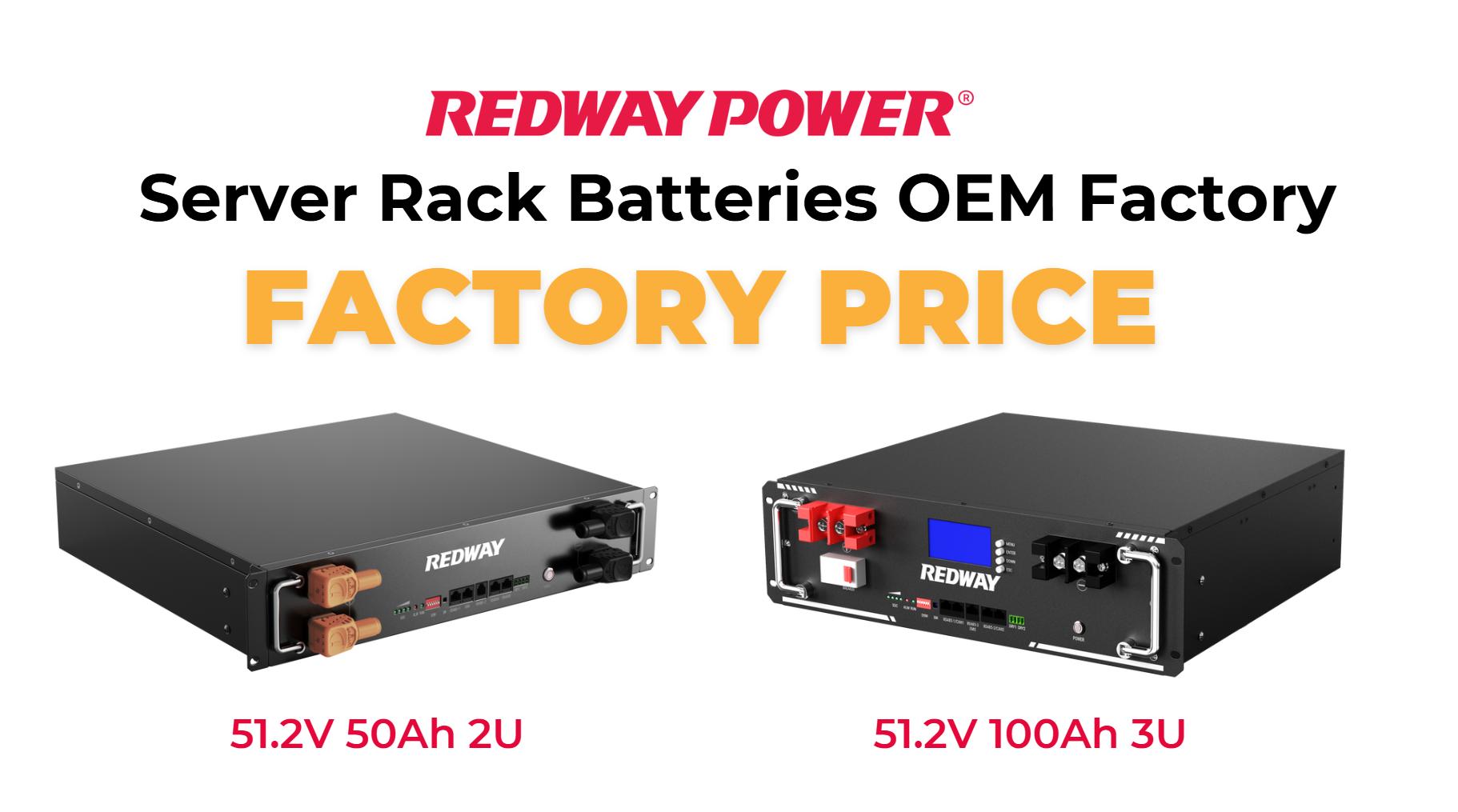Selecting a rack-mounted battery involves careful consideration of several critical factors to ensure optimal performance and reliability. When selecting a rack-mounted battery, consider factors such as battery chemistry, capacity, power rating, physical size, thermal management, cycle life, warranty terms, scalability for future needs, environmental conditions, and inverter efficiency. Evaluating these aspects ensures you choose a battery that meets your energy requirements and operational goals.
What Is the Importance of Battery Chemistry in Selection?
Battery chemistry is crucial as it affects performance characteristics, safety, and longevity. For instance, LiFePO4 batteries offer excellent thermal stability and cycle life. Understanding the chemistry helps ensure compatibility with your application and minimizes risks associated with overheating or degradation.
Chart: Comparison of Battery Chemistries
Wholesale lithium golf cart batteries with 10-year life? Check here.
| Chemistry Type | Safety | Lifespan (Cycles) | Energy Density |
|---|---|---|---|
| LiFePO4 | High | Up to 10,000 | Moderate |
| Lead Acid | Moderate | 300-500 | Low |
| Nickel-based | Variable | 500-1,000 | High |
How Do Capacity and Power Rating Influence Your Choice?
Capacity (measured in ampere-hours or kilowatt-hours) indicates how much energy a battery can store, while power rating (in kilowatts) reflects its ability to deliver energy. Choosing a battery with appropriate capacity and power rating ensures it can handle your load requirements effectively during operation.
Chart: Capacity vs. Power Rating
Want OEM lithium forklift batteries at wholesale prices? Check here.
| Requirement | Description |
|---|---|
| Capacity | Total energy storage needed |
| Power Rating | Peak power demands during operation |
Why Is Physical Size and Form Factor Critical?
Physical size and form factor are critical to ensure the battery fits within your rack system. It’s essential to match standard rack dimensions for seamless integration while considering weight limits to avoid structural issues. Proper sizing also facilitates maintenance and airflow around the batteries.
| Rack Size | Width (inches) |
|---|---|
| Standard 19-inch rack | 19 |
| Custom sizes | Varies |
How Does Thermal Management Affect Battery Performance?
Thermal management significantly impacts battery performance by regulating temperature during operation. Effective cooling prevents overheating, which can lead to reduced efficiency and lifespan. Ensuring batteries operate within optimal temperature ranges enhances reliability and safety during use.
| Cooling Method | Description |
|---|---|
| Active Cooling | Fans or cooling systems |
| Passive Cooling | Natural airflow without additional systems |
What Role Do Cycle Life and Warranty Play in Decision Making?
Cycle life indicates how many charge-discharge cycles a battery can endure before significant capacity loss occurs. A longer cycle life reduces replacement frequency and costs. Warranty terms reflect manufacturer confidence; a robust warranty often indicates quality and reliability in the product.
| Cycle Life | Warranty Duration |
|---|---|
| 3,000 cycles | 5 years |
| 10,000 cycles | 10 years |
How Can Scalability Impact Future Needs?
Scalability allows you to expand your energy storage capacity as your needs grow. Choosing a modular battery system enables easy addition of more units without significant redesigns. This flexibility ensures that your energy solution remains effective over time as demands change.
| Scalability Type | Description |
|---|---|
| Modular Systems | Add or remove modules as needed |
| Fixed Systems | Limited expansion capabilities |
What Are the Environmental Considerations for Rack-Mounted Batteries?
Environmental considerations include temperature range, humidity levels, and exposure to elements. Choose batteries designed for specific climate conditions to ensure optimal performance. Additionally, consider recycling options and the environmental impact of materials used in the battery’s construction.
| Condition | Effect |
|---|---|
| High Temperatures | Accelerated degradation |
| High Humidity | Risk of corrosion |
How Does Inverter Efficiency Affect Overall Performance?
Inverter efficiency affects overall performance by determining how effectively stored energy is converted for use. Higher efficiency means less energy loss during conversion, maximizing the usable power from your batteries. Selecting an efficient inverter optimizes system performance and enhances overall energy savings.
| Efficiency Rating | Effective Capacity Loss |
|---|---|
| 85% | 15% loss |
| 95% | 5% loss |
Conclusion
When selecting a rack-mounted battery, it is essential to consider various factors including battery chemistry, capacity, physical size, thermal management, cycle life, scalability, environmental conditions, and inverter efficiency. By carefully evaluating these aspects, users can ensure they choose a reliable energy storage solution tailored to their specific needs.
Expert Views
“Selecting the right rack-mounted battery requires thorough consideration of multiple factors,” states an expert from Redway. “Understanding how each element affects performance will empower users to make informed choices that enhance system reliability.”
FAQ Section
- What types of batteries are best for rack-mounted applications?
LiFePO4 batteries are often preferred due to their safety features, long cycle life, and thermal stability compared to traditional lead-acid batteries. - How do I determine the capacity needed for my application?
Calculate the total wattage of all devices connected to determine the required capacity while considering future growth. - What maintenance is required for rack-mounted batteries?
Regular inspections, cleaning terminals, monitoring charge levels, and ensuring proper ventilation are essential maintenance practices.






